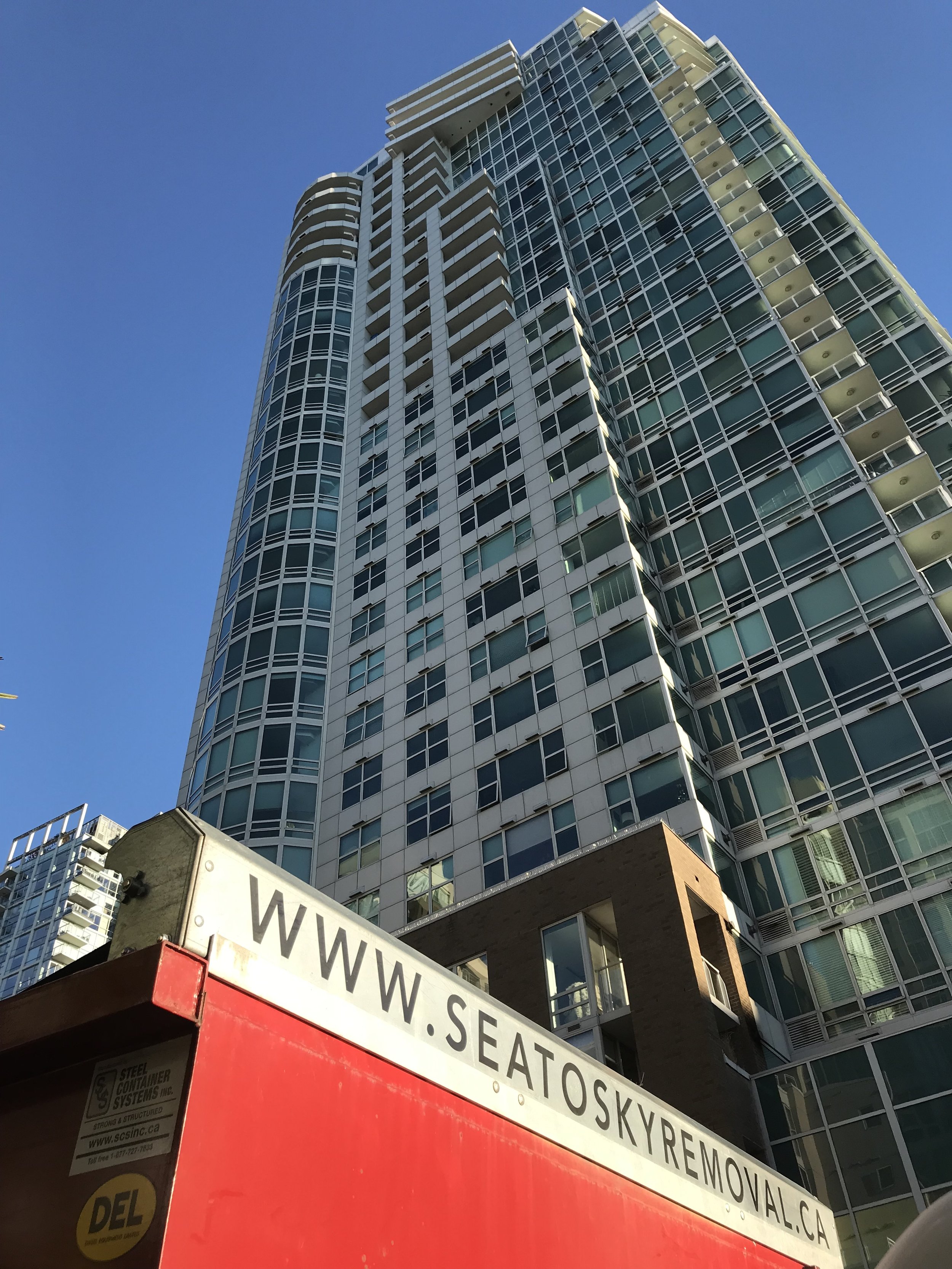Are you in the midst of planning for a condo renovation or working on one as we speak? We can help! Our crew has loads of experience with these projects and it always seems to be that they usually don't have room for a bin.
We can work with you on planning your construction waste management from the minute you start budgeting to the end when your start focusing on your finishes. With our experience, we feel our award-winning recycling stations would help streamline your waste as they help sort the recyclables from the actual garbage and it's very easy system to manage.
If you are going to demo, how about deconstructing it vs. breaking everything up? Our blog post on deconstruction is full of excellent information which will help with your project.
When you choose to work with us, we are available 24 hours 7 days a week. We are more than happy to work with your schedule to get the job successfully completed for you.
In regards to setting up an environmentally focussed construction waste area, we can consult and train your crew on how to make sure all waste is properly sorted as well as educate your team on what type of materials go where. Read our blog post on how to keep your construction site clean and green.
Keep in mind that we can load from anywhere especially from a loading bay where there is space to deliver the waste to our trucks.
Lastly don’t forget to book the elevator for at least a couple of hours and lay down protection so floors don’t get messy from all the materials leaving the area.
We worked with our friends JHR Contracting on many condo renovations around Metro Vancouver and here is what Jason had to say about our service:
I have used Sea to Sky Removal on several job sites over the last couple years, they have always been quite accommodating with my schedule and they always leave the site clean and organized upon leaving. I also like the fact that they take the time to separate any and all recyclables before disposal. I highly recommend Sea to Sky! Jason Heindle-Raho, JHR Contracting





